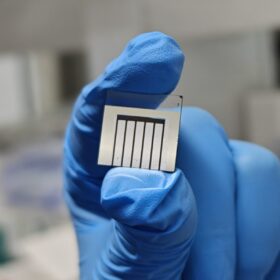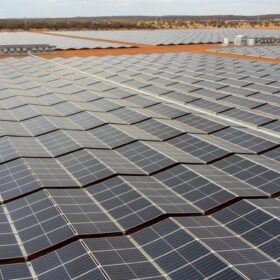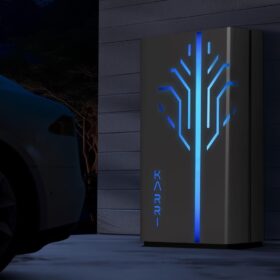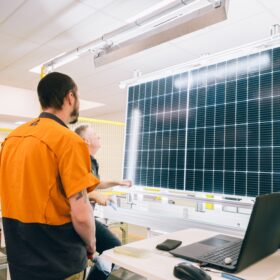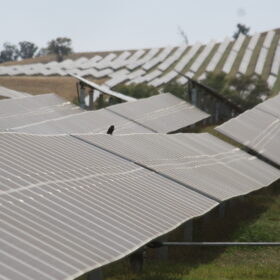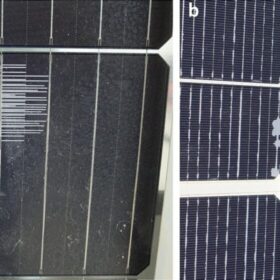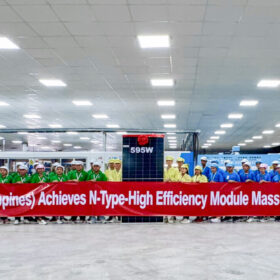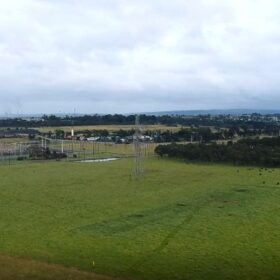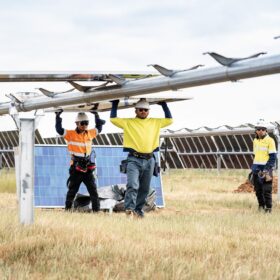Perovksite-TOPCon tandem solar cell based on self-assembled monolayer achieves 31.1% efficiency
Researchers in China have fabricated a perovskite-TOPCon solar cell with a top perovskite device utilising a self-assembled monolayer aimed to improved cell stability. The tandem cell achieved a high fill factor and a certified efficiency of 30.9%.
Jinko unveils 520 kWh C&I battery storage system
Jinko ESS has launched a new modular 520 kWh battery energy storage system for commercial and industrial users. The product will be available for global shipment in Q3 2025.
5B’s Maverick technology shines with $46 million Solar SunShot backing
Modular solar developer 5B is Australia’s first recipient of the federal government’s $1 billion Solar SunShot program, receiving $46 million to increase the manufacturing capacity of its Maverick unit.
Scientists build photovoltaic-thermal panel hosting four different cooling techs
Researchers from the Middle East have simulated a novel PV thermal module which includes a thermoelectric generator above the absorber layer, conical helical tape in the cooling tube and a ferrofluid. These technologies reportedly contributed to increased PV efficiency and thermal efficiency by 2.12% and 23.34%, respectively.
Magellan launches Australian-made home battery system
Western Australian manufacturer Magellan Power has unveiled a new all-in-one residential energy storage system offering battery capacities from 9.6 kWh to 25 kWh and inverter capacities from 5 kW to 15 kW.
Array Technologies releases solar tracker with 77-degree stow
Array Technologies has unveiled DuraTrack Hail XP, a ground-mount solar tracker engineered to withstand extreme hail and wind, featuring a 77-degree stow angle for added protection.
Australian-made panel tops consumer group’s product test
A monocrystalline PERC solar panel manufactured by Tindo Solar has been rated the top-performing rooftop module in Australia by consumer advocacy group Choice.
How to assess bifacial PV system performance on sloped terrains
Scientists have developed a precursor formulation for different PV simulation tools that can help calculate the expected performance of solar farms deployed on hilly slopes. Validation tests against an experimental setup showed an error of less than 3%.
Three-year field test shows TOPCon, HJT solar module reliability in desert areas
A three-year field experiment comparing the performance and reliability of passivated emitter and rear cell, tunnel oxide passivated contact, and silicon heterojunction solar modules in desert climates found that HJT modules exhibited the highest degradation, while TOPCon modules showed the lowest degradation.
Gstar launches solar cell, module production in Philippines
Gstar has completed the first phase of its factory in the Philippines, set to produce 1 GW of solar modules and 1.5 GW of solar cells. The Singapore-based solar manufacturer says a planned second phase will take its solar module nameplate capacity to 2 GW.
